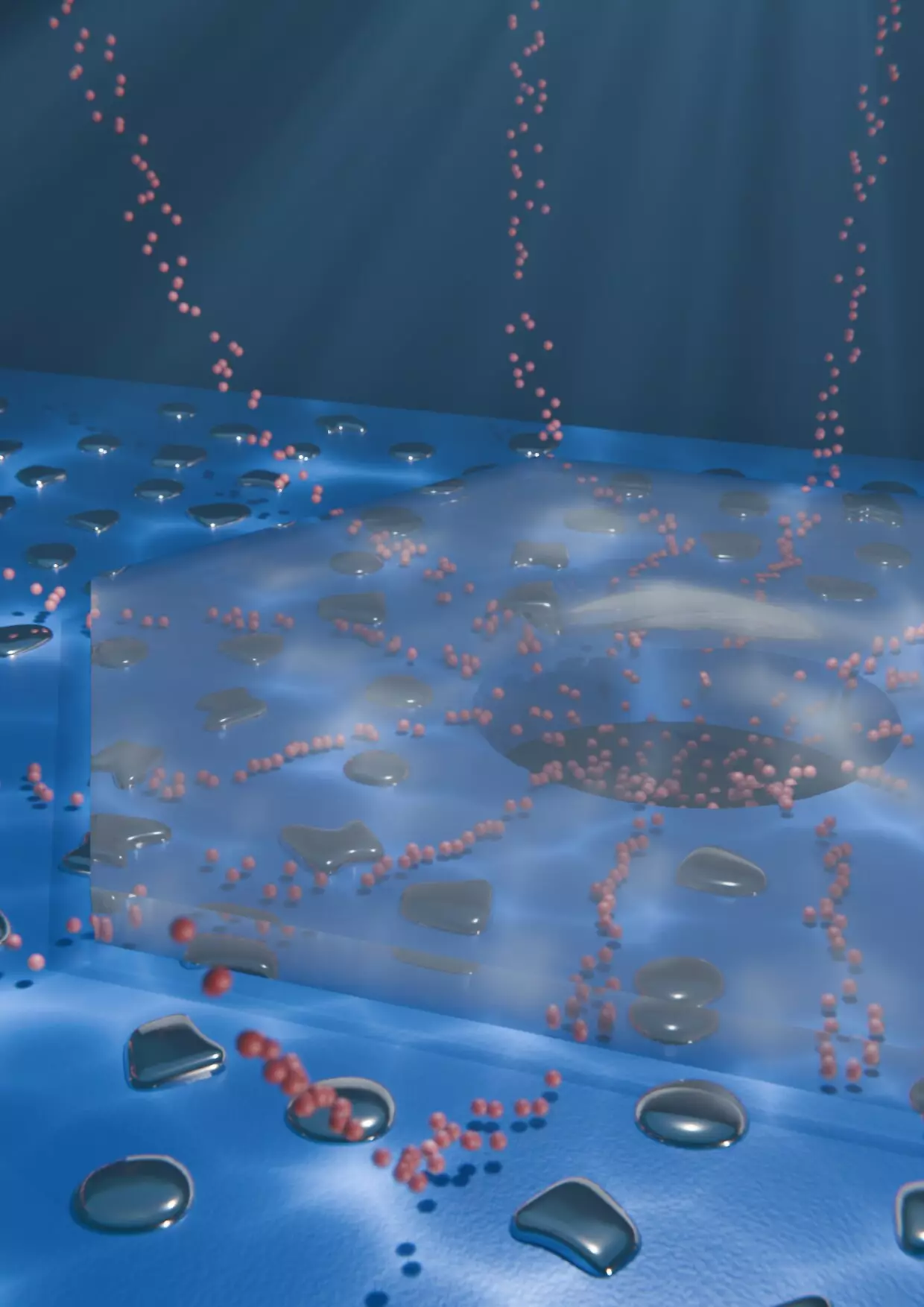Memory is a crucial aspect of both computer systems and human brains, allowing for the storage of information in a readily accessible manner. However, the traditional approach used in computers, which involves shuttling data between a memory unit and a central processing unit (CPU), has become increasingly inefficient due to the von Neumann bottleneck. This separation of data processing and storage contributes to the rising energy costs associated with computing. In an attempt to address this issue, researchers have been exploring the concept of memristors – electronic components that can both compute and store data, similar to synapses in the brain.
Aleksandra Radenovic, from the Laboratory of Nanoscale Biology at EPFL’s School of Engineering, has taken the concept of memristors a step further by developing a nanofluidic memristive device that operates using ions instead of electrons and holes. This innovative approach aims to mimic the brain’s energy-efficient method of processing information. The device, created by LBEN postdoctoral researcher Théo Emmerich, is more scalable and performant than previous attempts, paving the way for the development of brain-inspired liquid hardware.
Unlike traditional electronic memristors that rely on electrons and holes for digital information processing, LBEN’s memristor can utilize a variety of ions. In their study, researchers immersed the device in an electrolyte solution containing potassium ions, although other ions such as sodium and calcium could also be used. By changing the ions, the memory of the device can be tuned to alter its switching behavior and memory capacity. The fabrication process involved creating a nanopore in a silicon nitride membrane and adding palladium and graphite layers to create nano-channels for ion flow.
The unique design of the nanofluidic memristive device closely mirrors the structural changes that occur in ion channels within the brain’s synapses. As ions percolate through the nano-channels and converge at the pore, a blister forms between the chip surface and the graphite layer, causing a change in conductivity and memory state. The ability to observe this memory action in real-time, as highlighted by LBEN Ph.D. student Nathan Ronceray, represents a significant advancement in the field.
By collaborating with experts from the Laboratory of Nanoscale Electronics and Structures, the researchers successfully connected two highly asymmetric channels (HACs) with an electrode to form a logic circuit that operates on ion flow. This achievement marks the first demonstration of digital logic operations using synapse-like ionic devices. Moving forward, the team’s objective is to connect a network of HACs with water channels to create fully liquid circuits, offering built-in cooling capabilities and potential applications in brain-computer interfaces and neuromedicine.
The development of nanofluidic memristive devices represents a significant breakthrough in the field of memory storage and processing. By leveraging ion-based technology and mimicking biological processes, researchers are paving the way for more energy-efficient and scalable memory solutions. The potential applications of these innovations in brain-inspired computing and neuromedicine highlight the transformative impact that nanotechnology can have on our digital future.


Leave a Reply